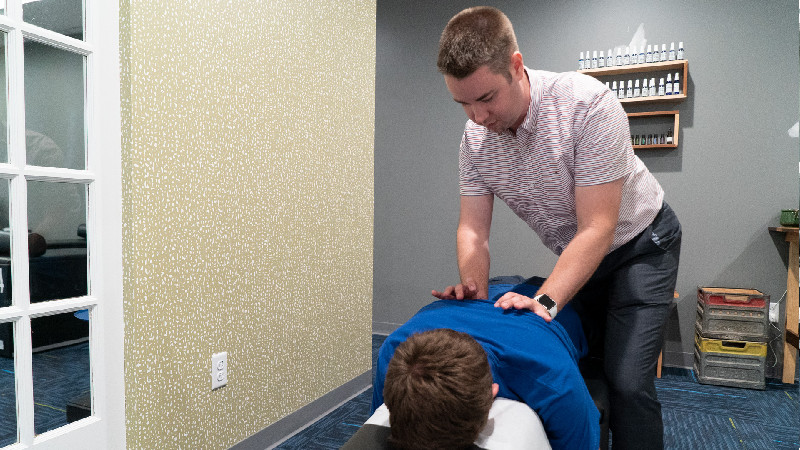The UAV, also known as drones, are becoming increasingly popular for model airplane pilots, defense, aerial surveillance and many other uses. Even Amazon, the world’s largest Internet retailer, is testing drones for package delivery to customers in major cities. Drones transmit data to the remote pilot on the ground that must be accurate and show the position and the heading of the plane.
Challenges
The drones are piloted remotely and cannot monitor the ground for location and heading. A GPS Compass solid-state gyro system can facilitate the information necessary to pilot the plane.
These planes require sensors that can transmit altitude and location data quickly and accurately to the pilot. Here are the requirements for a successful operation of the drone:
1. Packaged in a small, lightweight (ideally just one quarter of an ounce), solid-state cylinder that can resist vibration from the motor, wind shears, and shocks from rough landings.
2. The package must be waterproof up to six feet. These planes operate in severe weather conditions and must resist the heavy force of rain pounding on the sensors.
3. Power restrictions require small battery drainage, yet provide a reliable signal powerful enough to transmit data to the pilot on the ground.
4. The magnetic field shielding system must be strong enough to protect the unit from the motor, relays, batteries and high current carrying conductors that create variable magnetic fields.
The Altitude and Heading Reference System
The AHRS system has a parameter for its heading reference utilizing inertial sensor for reference. Software for calibration is provided. This will prevent heading errors and create data transmission that is accurate.
Requirements for Data Collection and Transmission
1. Airspeed input from the GPS compass.
2. Magnetically clean location.
3. Insulation digital compass calibration.
4. Roll, pitch, and yaw rate calculation.
5. Acceleration calculation.
6. Sensors must be properly located to obtain maximum information. The design of the plane should accommodate air speed and heading measurements.
The pilot views the display on a tablet or computer which looks like a cockpit instrument panel. Usually, the ground pilot will use a joystick similar to that used in the cockpit and can fly the drone in “real time.”
Watson Industries produces gyro GPS compass products for a variety of applications. One application is the sensor unit designed to work on unmanned aerial vehicles. Visit www.watson-gryo.com and let us help you find the right design for your aircraft.



